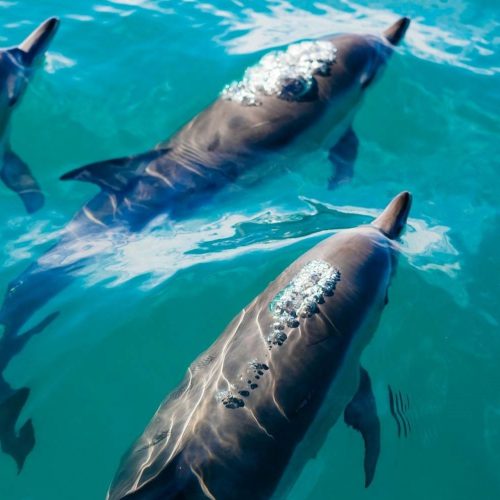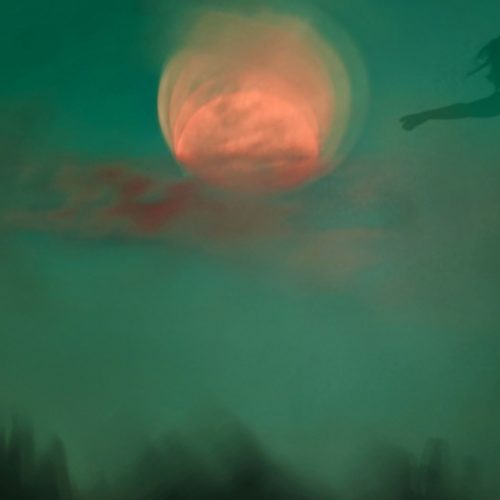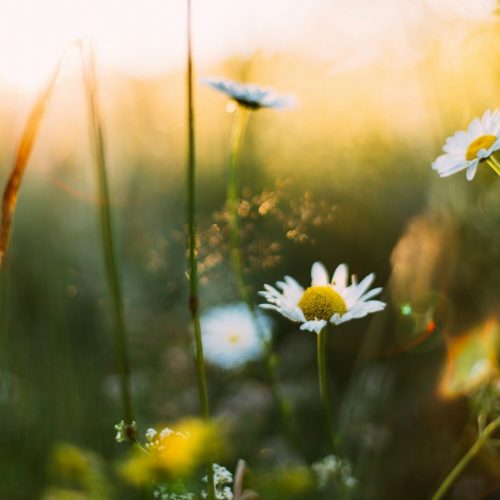Photographers recognized for their talent and commitment to cultural diversity
After an extended judging period with acclaimed judges Jimmy Nelson, Wayne Quilliam and Josue Rivas, Sinchi’s annual photography competition have finally determined this years’ winners. Say hello to these wonderful visual story tellers around the world to be recognised for their talent and commitment to cultural diversity.
Showing their support for the transfer of knowledge to future generations, the winning photography represents a unique documentation of different cultures across the globe and will be exhibited for a month in 2019 at renowned Amsterdam venue Pakhuis de Zwijger. The opening takes place on February 21st.
Sinchi’s annual photography competition
Sinchi’s annual photography competition provides a unique opportunity for visual story tellers around the world to be recognised for their talent and commitment to cultural diversity. With almost double the amount of entries from their inaugural competition last year, the quality and social merit far exceeded the expectations.
The theme for the 2018 competition was cultural practice, inspired by anything from customs, events, spirituality to community and artistic expression. Our judging panel paid close attention to clarity of expression, overall artistic impression and potential social impact.
Participants were invited to submit individual images or a series featuring up to a maximum of six photos with accompanying captions, welcoming images from both remote and urban environments. This competition is not limited to indigenous culture.
"The challenge is for all of us to care enough about what lies outside our own world.” – UNESCO declaration on cultural diversity.
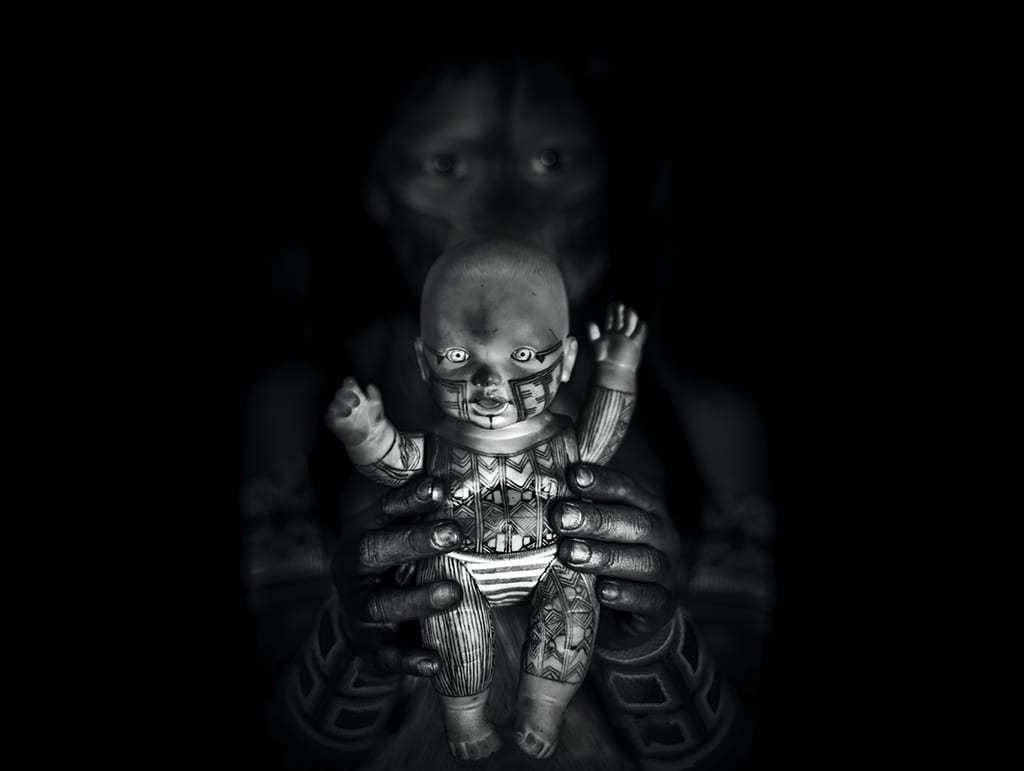
1ST PLACE ARTISTIC MERIT ” Ana Caroline de Lima – Do you want to take a picture of Maria? She is very beautiful!” – Sure, bring her here! Minutes later, a Kayapó girl brings Maria, a little doll whose body is painted with Kayapó motifs, just like her. The drawings were made to \’train\’ indigenous to paint other people’s faces. “She looks just like me, doesn’t she? She doesn’t have ‘hairs above the eyes’!” – she says, showing me the blue-eyed, white doll who, just like her, doesn’t have eyebrows.
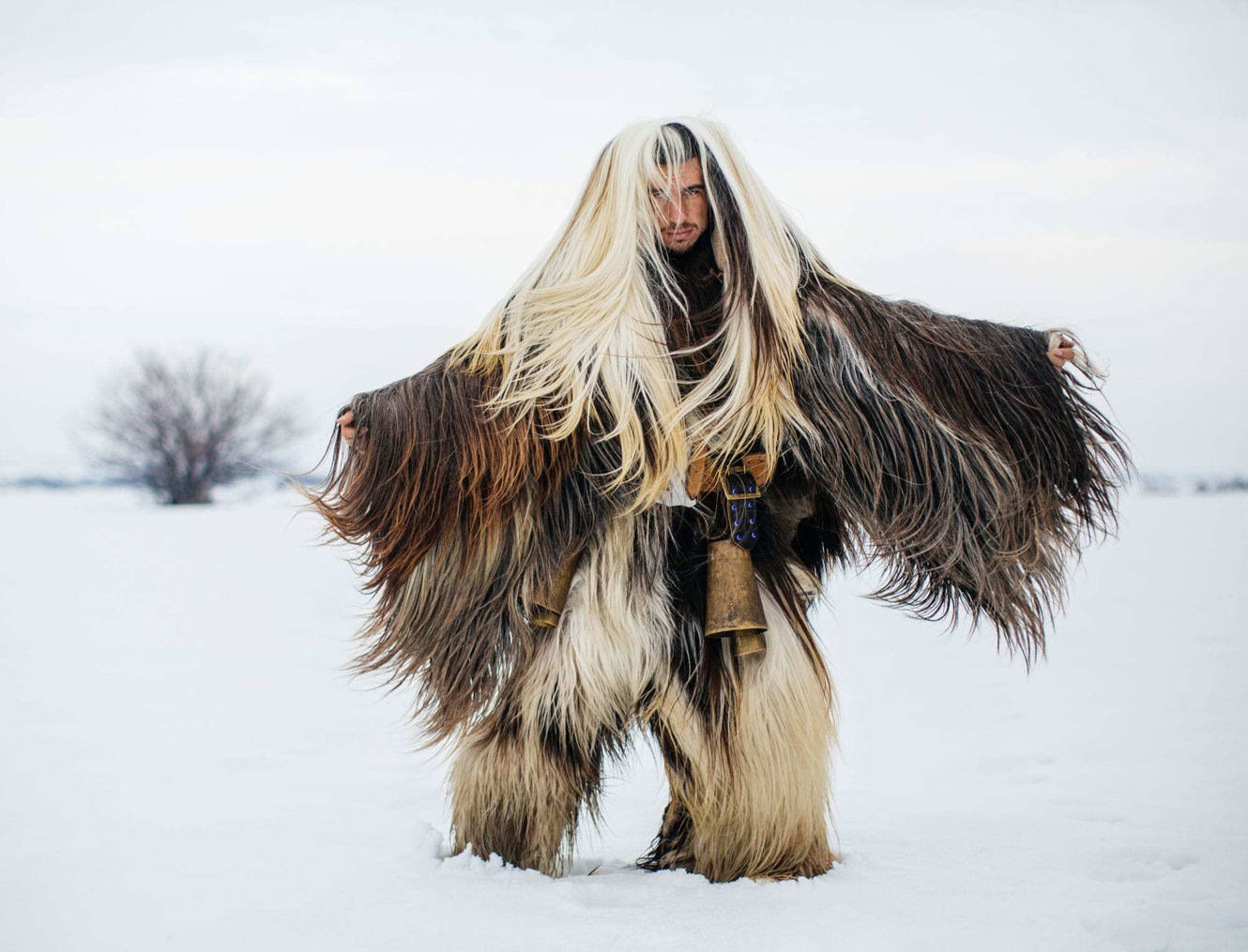
1ST PLACE PORTRAIT – Aron Klein. The portrait depicts a participant of the the annual practice of ‘Kukeri’. A other worldly ritual intended to dispel the evil spirits, which might otherwise bring ill fortune to the community. The ancient arcane pagan ceremony is performed in the Bulgaria’s remote mountain regions. Kukeri hanging heavy bells around their waists that create a defining symphony as they dance and jump in hypnotic rhythms. Aron spent weeks on the road traveling up and down the country exploring the mountain villages and snow fields to capture serine portraits of the annual rituals practitioners.
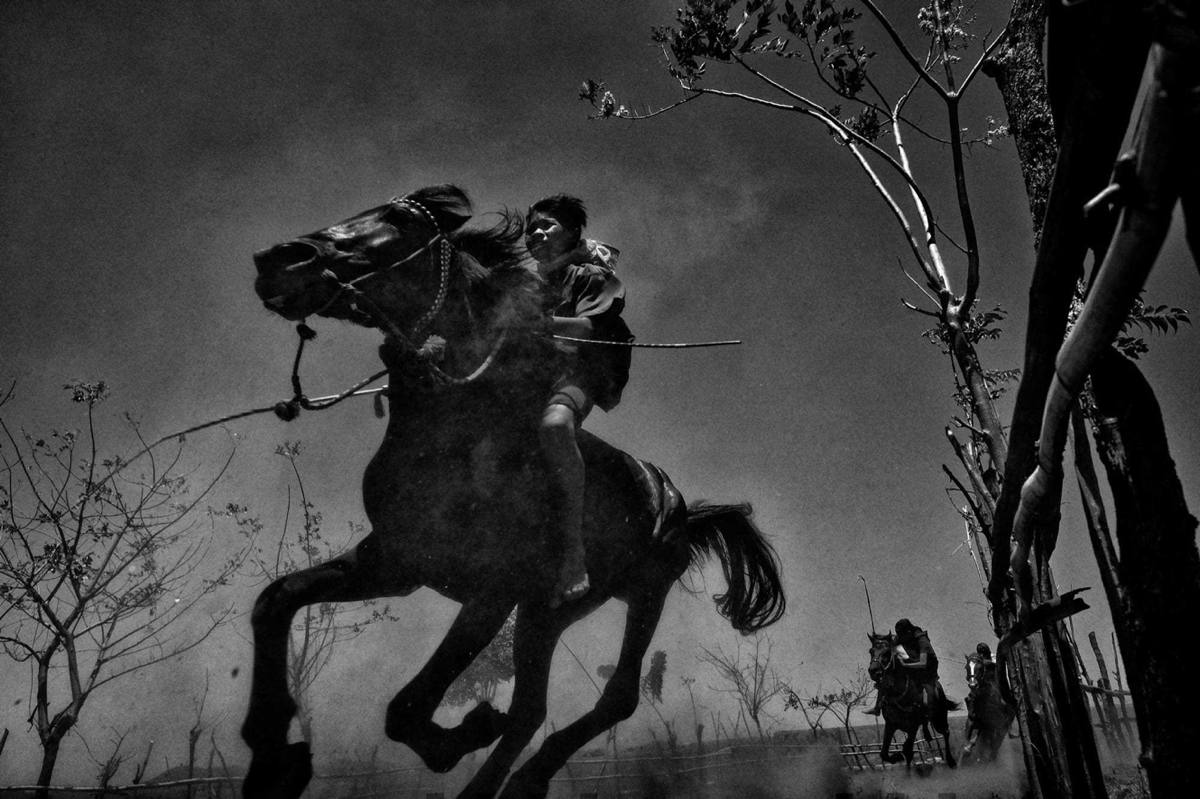
1ST PLACE SERIES – Alain Schroeder. Indonesia, Sumbawa Island, Moyo, Horse racing or Maen Jaran, is a favorite pastime in Sumbawa, Indonesia. Kid jockeys, 5 -10 years old, mount bareback, barefoot and with little to no protective gear, racing at speeds of up to 80 kms per hour. They will mount 5 to 6 times a day for several consecutive days. For 3,50 to 7 euros per mount. Once a game between neighbors to celebrate a good harvest, horse racing was transformed into a spectator sport by the Dutch in the 20th century to entertain officials and nobility. The unique features of Sumbawa racing are the notoriously small horses and fearless child jockeys, aged 5-10, who mount bareback, barefoot and with little protective gear. Maen Jaran (the Indonesian name of the game) takes place during important festivals and holidays throughout the year at racetracks across the island and remains a favorite pastime for Sumbawans. Rules have evolved, horses are now classified by age and height, yet kid jockeys continue to risk their lives for 3,50 to 7 euros per mount often racing many times in one day, and every day during the racing week, pushed by parents and relatives given the potential earnings that far outweigh the poor returns on crops often plagued by drought.
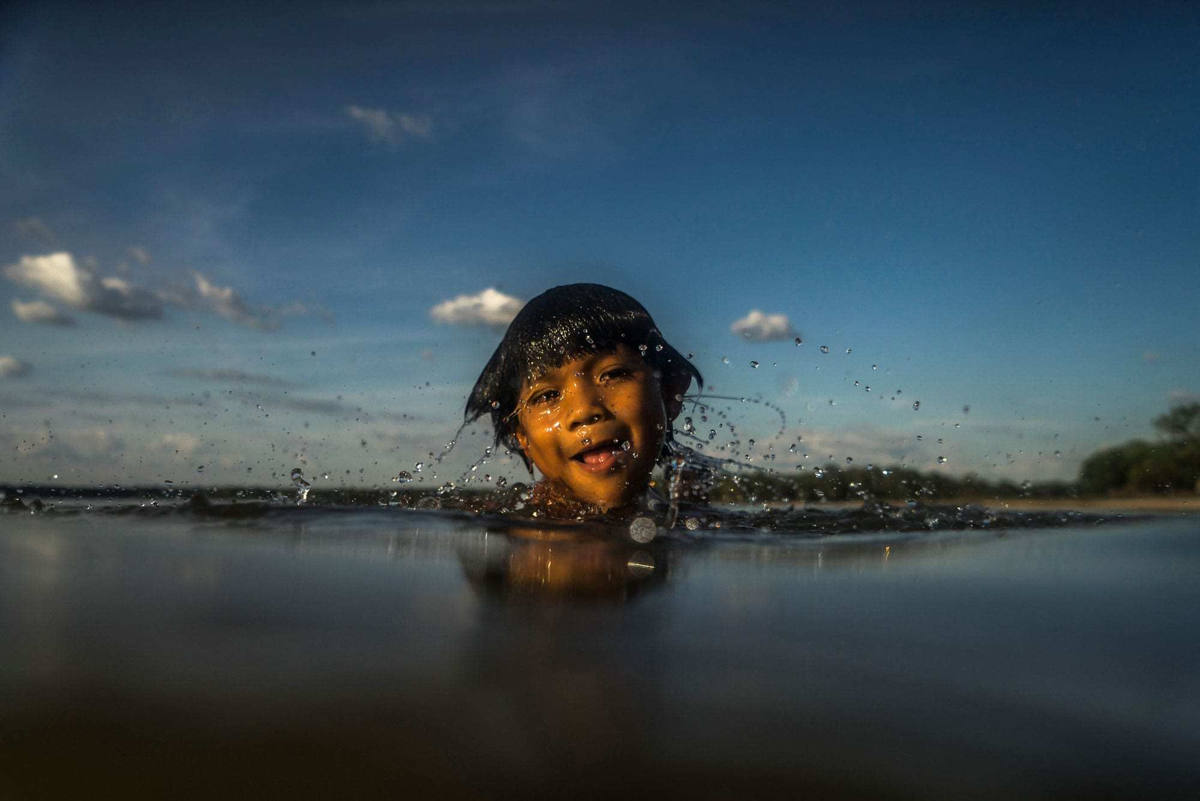
2ND PLACE ARTISTIC MERIT- Ricardo Teles. In Xingu, midwest Brazil, the largest indigenous reserve in the world, the Kamayurás begin to walk towards Ypawu lake for their first bathing before sunrise. Several bathing sessions are going to be repeated daily until sunset. These waters are a link to their ancestors and keeping them pure is a sacred ritual. The lake is their most important source of food, and also the essence of their culture. The Kamayura´s creation myth tells about a magic bird which, in a dispute with a tribesman, threw up the water that formed the lake and also buried the residents. Since then, it has become an enchanted place, and its water and plants a source of strenght for the Kamayurás. Once a year, the tribe holds the Kuarup, a festival in honor to the dead. All neighboring tribes are welcomed to their territory on this occasion. The ”great spirits” are invoked to make sure there will be enough food for all the guests during the big fishing expeditions to Iananpau lake, which has remained untouched since the previous year´s celebrations and is bursting with life.
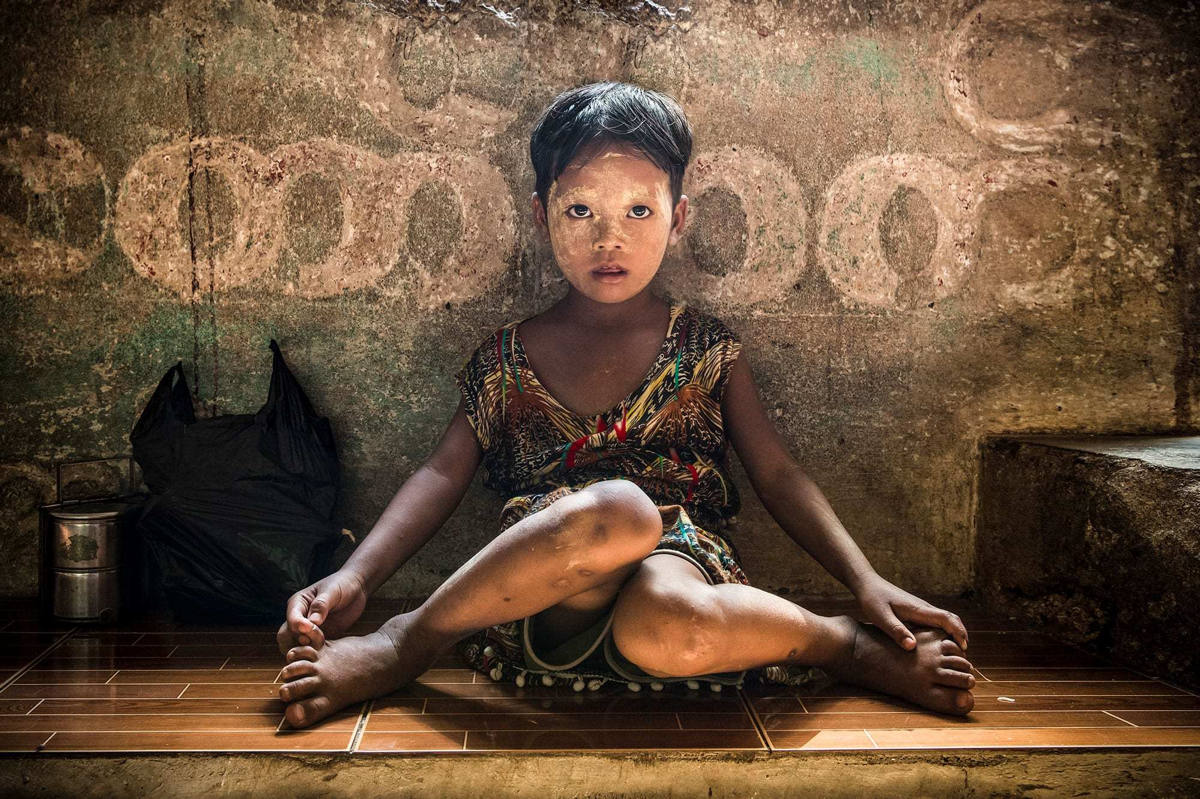
2ND PLACE PORTRAIT – Paolo lo Pinto. “The warm light of the Burmese sunset, the face of a child colored by the Thanaka, two wonderful eyes … the recipe for a magical moment.” I was waiting for the train that would take me back to Yangon, tired and sleepy i was sitting on a crumbling bench when suddenly my gaze was captured by this wonderful girl who was waiting for the train with her mother. She had two magnetic eyes made even more unique by Thanaka’s doused face. The Thanaka is a yellowish-white cosmetic paste made from ground bark. It is a distinctive feature of the culture of Myanmar applied by women and girls to the face and sometimes to arms. Next to her there was her lunch box and an her favorite games that she was bringing to school. When I approach her offering candies her face lit up and she start smiling and hiding behind her Mom’s dress. She was also intrigued by my camera so I asked her Mom if I could take a picture of her in order to show her how the camera works. Her face, the warm light filtered from the roof of the station created a fantastic portrait so much to excite me every time i looked at it. I showed them the picture and their faces were pervaded with amazement never seen before.

2ND PLACE SERIES- Emily Garthwaite. A pilgrim family sleep in a semi-abandoned building lit with occasional floodlights on the eve of Arbaeen in Karbala, Iraq. Surrounding the entrance and over three floors were families sleeping, swaddled in blankets. Occasionally you would find a pilgrim praying or a family sharing biscuits. The family pictured were part of a large family group – only a couple were still awake.
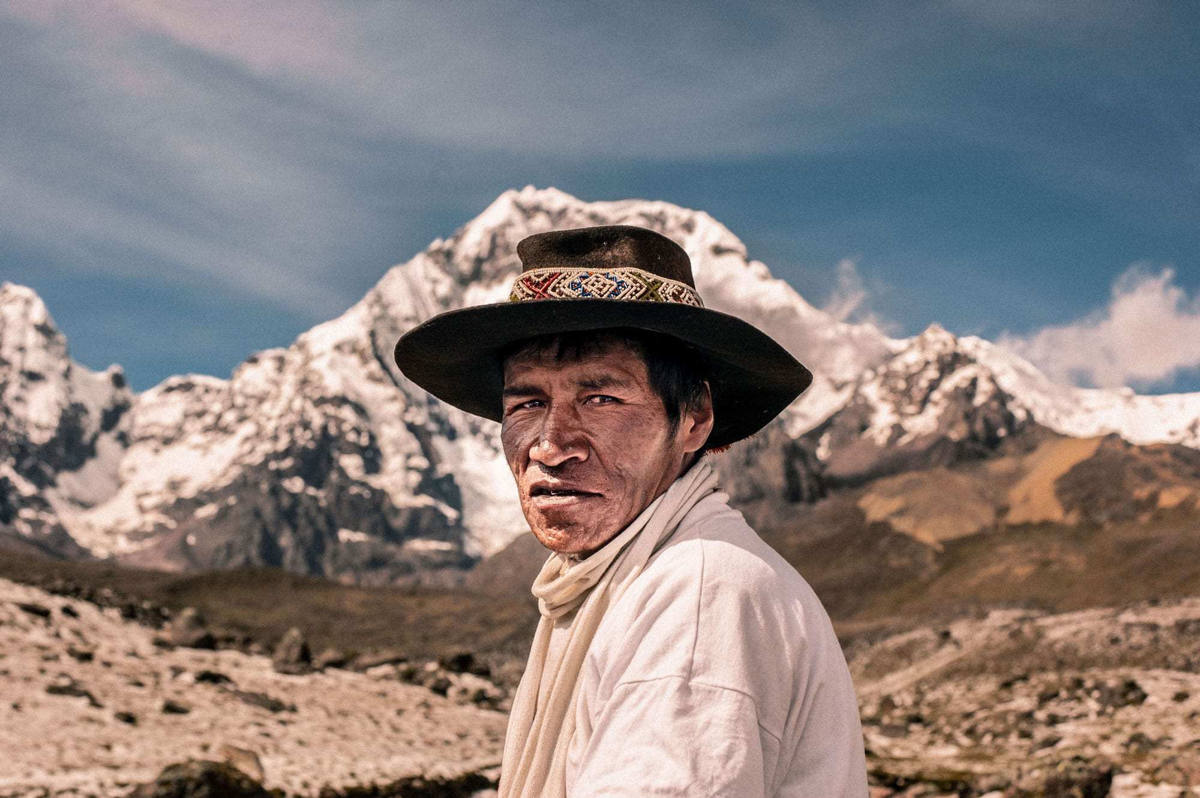
3RD PLACE PORTRAIT- Florence Goupil. Ausangate is one of the most important mountains in the Peruvian Andes with an elevation of 6,384 meters. This mountain has significance in Quechua mythology. They call this mountain Apu Ausangate. Apu is Quechua for spirit of the mountain and Ausangate is considered the most powerful mountain of the Andes. The wise Quechua people -or Altomisayoc- say they can speak with the Apu. When the snow falls, he appears dressed in white at the foot of the mountain. At that place I met Julian.
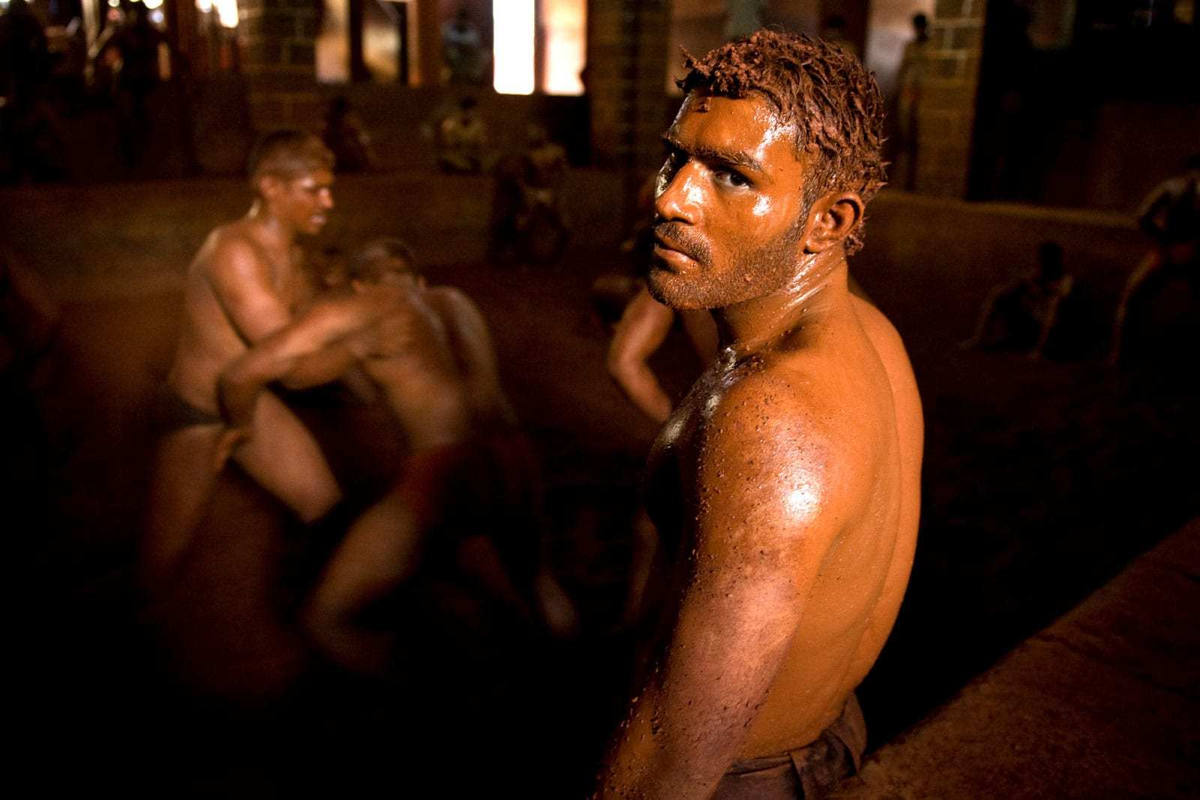
3RD PLACE ARTISTIC MERIT- Indranil Sengupta. “Out of hundreds of “Taleems” (wrestling schools) built during the 18th century by the kings of the princely state of Kolhapur, Chhatrapati Sahuji Maharaj, only a few remains now. The image depicts one of the wrestlers in “Motibag Taleem” in Kolhapur. It was on a winter afternoon when I went to the Taleem for the first time.The practice was going on in the red mud arena. Wrestlers often pause while wrestling to envelop themselves with the red soil, making their oil soaked bodies less easy to grip. It was one of those moments when the wrestler turned at me, a primal glimpse yet very submissive. This is what this ancient sport is all about, I think. The wrestling matches deserve to live on in order to help our rich ancestral culture survive.”
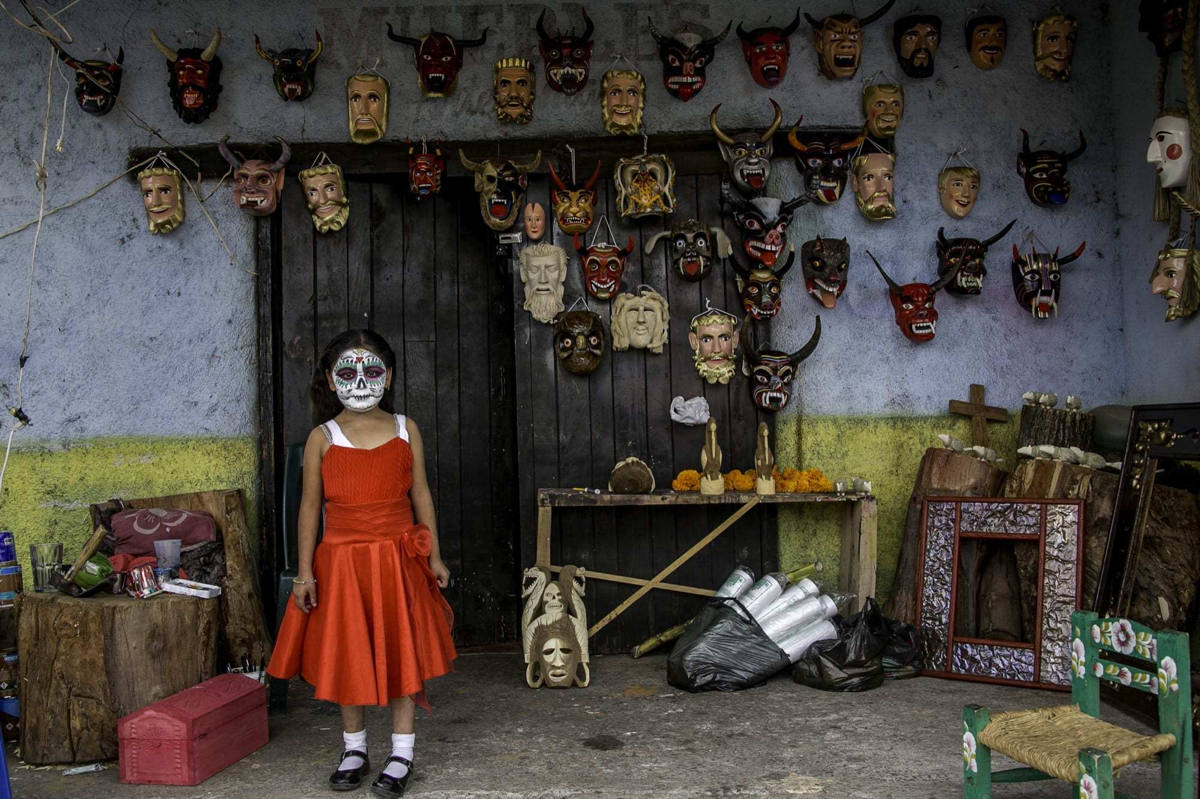
3RD PLACE SERIES- Gustavo Herera Yepez. A Purepecha girl prepares for the nights festivities in Tocuaro, a region in Michoacan, Mexico known for its intricate wood-carved masks. These masks, often representing people or animals, are used to ward off evil spirits or welcome friendly souls. The Purepecha are an indigenous group centered in the northwest region of Michoacan who continue using ancient traditions and incorporate them in their celebrations of Dia de los Muertos.
+ info: Sinchi Foundation


